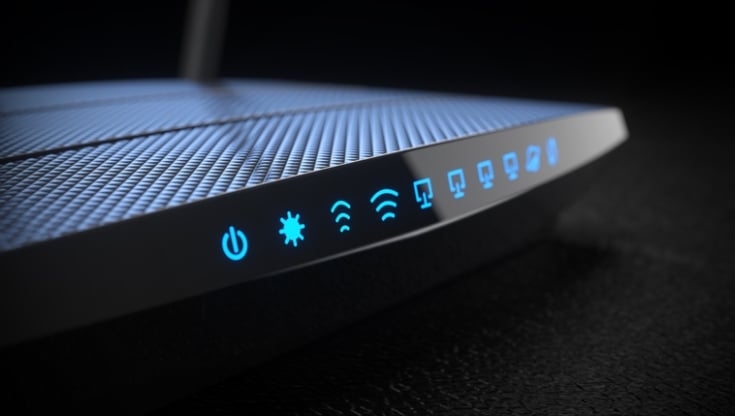Uncovering the Duality of Generative AI: How to Protect Your Clients
18 July, 2024 by Carlos Arnal

Artificial intelligence (AI) is revolutionising our world, emerging as a powerful tool that simplifies daily tasks and drives technological advancements. Generative AI, in particular, has shown immense potential across various fields, from real-time translation to content generation. Its integration into security solutions has enhanced detection and response times, and automated repetitive tasks. However, the duality of AI means it also presents significant risks, particularly in terms of security.
The Dual Nature of AI: Benefits and Risks
Generative AI’s capabilities are vast and varied, offering substantial benefits such as improved efficiency and innovation in cybersecurity. Yet, the use of AI is not always well-intentioned or correctly executed and it can expose confidential or sensitive data that may impact both individuals and organisations, as there is no control over how this information is handled.
As a result, in some sectors, such as education, it is becoming increasingly common to limit use or block access to AI tools in infrastructures to prevent inappropriate or unwanted use. Moreover, we shouldn’t forget the rise in AI-driven cyberattacks, as these threats are growing more sophisticated and complex to detect.
Why Generative AI Control Matters
The escalation of cyber threats requires a comprehensive understanding and mitigation of security risks within organisations. According to a McKinsey study, while 53% of organisations acknowledge the existence of AI-related cybersecurity risks, only 38% are actively engaged in efforts to mitigate these risks. The risks include:
- Confidential Data Leaks: Generative AI tools can inadvertently expose sensitive information.
- Cybersecurity Threats: Cybercriminals may exploit generative AI to launch sophisticated, hard-to-detect cyberattacks.
Companies and IT security teams need to adapt to this trend and be prepared to incorporate AI into their day-to-day work but in a secure and controlled way. Regular reviews of security strategies and tools are essential to maintaining effective protection and adopting the appropriate solutions. Leveraging AI and ML technologies can revolutionise the detection and classification of potentially harmful processes and applications, ensuring networks and systems remain secure.
How WatchGuard Integrates AI and Uses It to Protect Customers
To ensure that networks and systems are well protected and free from external threats that could compromise the security of sensitive information, it is essential to have tools that include AI and ML-based technologies that revolutionise the detection and classification capabilities of potentially harmful processes and applications.
Therefore, solutions that include these technologies and incorporate zero-trust approaches in their models are great allies in achieving this goal. WatchGuard has been working in this direction for years and using this innovative technology to its advantage to improve its protection model and reinforce its customers’ security. Their advanced Endpoint Security solutions have a secret weapon, the Zero-Trust Application Service, which uses AI to accelerate detection times and classify 100% of applications and processes in an automated way. This proactive approach prevents sophisticated cyberattacks from bypassing protection measures, providing you with the tools needed to better protect your clients.
Accordingly, apart from integrating AI into their solutions, they also recognise the importance of its responsible usage. Their advanced tools, such as the Web Access Control functionality in their Endpoint Security solutions, and WebBlocker and Application Control in Firewall Security Services, are key features that help partners prevent AI misuse in customer environments. These features give you the ability to manage and restrict the use of potentially harmful AI applications in client environments, ensuring secure interactions within and outside the corporate network. By providing a controlled environment, you can easily and effectively mitigate the risks associated with AI misuse.







